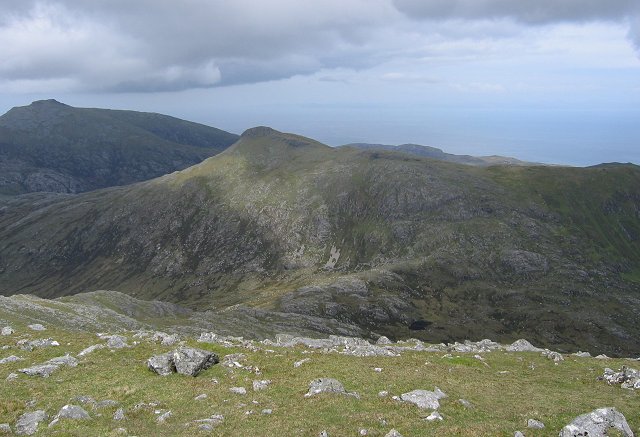Reproduction/Life History
Aquila chrysaetos like some other birds
are monogamous by nature and once they have courted will usually
stay as a pair for several years. Many birds labeled as monogamous
portray a lack of migration and the return to the same nesting sites
every year (Watson, 2010). Eagles, similar to all birds, reproduce
by oviparity, which means the young come out of an egg after it has
been laid. A. chrysaetos concieves in an act called
copulation, which is when the male and female touch cloacas to
transfer sperm to the female. The courtship and mating processes
usually begin to occur around February to mid-April, but breeding season can continue into
mid-September (Tesky, 1994). Courtship can be a very beautiful and
intricate act, consisting of high soaring, dives, locking talons,
and singing (Watson, 2010). Proceeding copulation, around
mid-February, is typically when the female will lay her first egg.
After the forty-five day gestation period, and continue to lay up to
three eggs with around three days in between each lay (Driscoll,
2010).
February to mid-April, but breeding season can continue into
mid-September (Tesky, 1994). Courtship can be a very beautiful and
intricate act, consisting of high soaring, dives, locking talons,
and singing (Watson, 2010). Proceeding copulation, around
mid-February, is typically when the female will lay her first egg.
After the forty-five day gestation period, and continue to lay up to
three eggs with around three days in between each lay (Driscoll,
2010).
“Golden eagles (Aquila chrysaetos) nest
predominantly on cliffs, but also in trees, and build a number of
alternate nests within their territory that they move between in
different years” (Driscoll, 2010). These nests are found in the few
common locations previously listed and can be quite large.
Incubation lasts for thirty-five to forty-five days, during this
time the female will do most of the incubating, around eighty-three
percent of the time, with the males occasionally trading off at
thirteen percent of the time (Watson 2010). After the eggs have
hatched the baby eagles, called nestlings at this point, rely
heavily on the parents to regulate their body temperature, feed, and
protect them (Driscoll, 2010). When hatched the chicks are covered
in white down feathers that will be replaced by pre-plumulae down
after 15 days (Watson, 201 0).
Following the down feathers, contour feathers begin to develop
starting with primaries, largest flight feathers, then the
secondaries, tail and head feathers. At sixty days old the young
bird has little to no white down feathers visible. The eagles will
take their first flight at around eighty days old (Watson, 2010).
0).
Following the down feathers, contour feathers begin to develop
starting with primaries, largest flight feathers, then the
secondaries, tail and head feathers. At sixty days old the young
bird has little to no white down feathers visible. The eagles will
take their first flight at around eighty days old (Watson, 2010).
In Watson, 2010 it is stated that for the first
few weeks of flight the eagles will stay within one hundred meters
of the nesting site. Juvenile eagles will generally migrate about
twice as far than older eagles their first time, this can be
labelled as the “excursive phase,” which is usually followed by them
returning to where they were born. Studies show that non-migratory
birds show four stages, “departure from the natal area, exploratory
movements, temporary settlements and finally, return to the natal
area” (Watson, 2010). Golden Eagles reach sexual maturity at four to
five years and start the reproductive process all over again and can
live up to twenty years in the wild, reproducing as often as
resources and breeding conditions will allow (Driscoll, 2010).
Want to learn more about where Golden Eagles raise their offspring? Visit the habitat page.